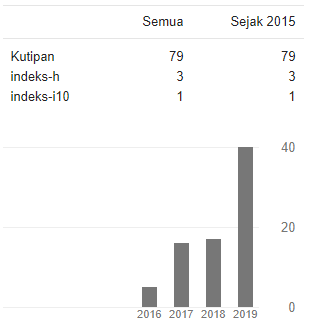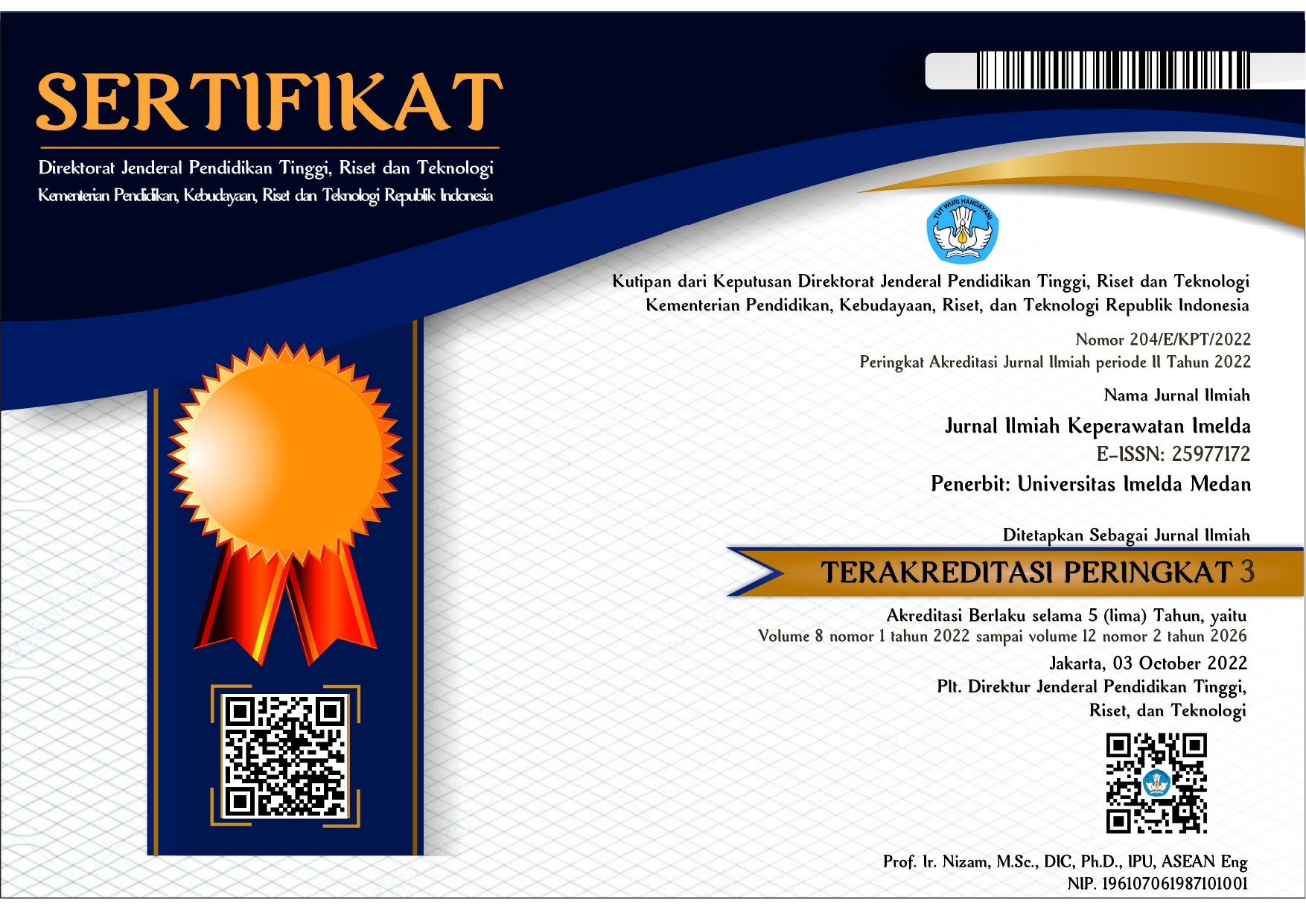KEBIASAAN MAKAN SUKU ALUNE DENGAN HIPERURISEMIA
DOI:
https://doi.org/10.52943/jikeperawatan.v9i2.1251Keywords:
Hyperuricemia, Food habit, Local TraditionsAbstract
Maluku Province has the highest incidence of hyperuricemia in Indonesia. The people of Maluku, including the Alune Tribe in Elpaputih Village, Seram Regency, have eating habits related to the local culture and traditions. Eating habits in hyperuricemia patients can trigger an increase or decrease in uric acid levels. The research aims to explore the eating habits of hyperuricemia patientsin the Alune tribe. The research method is descriptive qualitative. This research explores the eating habits among ten housewives. Criteria for participants are people with hyperuricemia in the family based on community health center data. Source triangulation used through community health center data on hyperuricemia, in-depth interviews, observation and thematic analysis. The results showed the concept of food, coconut milk as a favorite food and food setup for families with hyperuricemia. The food concept of the Alune Tribe is hereditary, putus asa, kumpul basudara, and bayah seram. Hereditary means the types of food are passed down from ancestors. Next, putus asa is introducing local foods such as papeda/sago porridge to children. Kumpul basudara is a symbol of brotherhood. Bayah seram concept is a particular tradition of the Alune people to prevent danger. Women have a position and role in food production with family food recipes from generation to generation, especially foods containing coconut milk. Women use food sources around the house and process them using firewood and a stove. Prevention of hyperuricemia through reducing food portions and food substitution. Tribal eating habits depend on cultural characteristics and geographic location.
Downloads
References
Diah, R. (2019). Status Gizi dan Pola Konsumsi Makanan Anak Usia Sekolah (7-12 Tahun) di Desa Karangsembung. Jurnal Ilmiah Gizi dan Kesehatan, 8.
Efendi, (2009). Dipetik Maret rabu, 2022, dari https://repository. uksw.edu/bitsream/123456789/14274/2/T1_462014701_BAB%201.pdf
Firmana, R. (2015). Faktor-Faktor yang Berhubungan Dengan Status Gizi Anak Balita di Wilayah Kera Puskesmas Nanggalo adang. Jurnal Kesehatan Andalas (4), 1
Indriani, 2. (2021). Pangan setempat. Jurnal Agrimanex, 14.
Kadir, A. (2017). Kebiasaan makan. Journal komunikasi dan kebudayaan, 8.
Kurniawati. (2011). Kebiasaan Makan. Fakto-Faktor Yang Berhubungan Dengan Kebiasaan Makan Anak Prasekolah 4-6 Tahun Di Tk-Almanah Kecamatan Sindang Jaya Kabupaten Tangerang.
Notoatmodjo. (2012). Pengetahuan Ibu. Metedologi Penelitian Kesehatan. Jakarta : Rineka Cipta.
Profil Kesehatan Ambon, 2. (2015). Analisis Hubungan Peningkatan Kadar Asam Urat di Wilayah Kerja Puskesmas Waihoko Kota Ambon. Moluccas Healh Journal, 8.
Reid, A. (2014). Asia Tenggara dalam Kurun Niaga 1450-1680. Jakarta: Yayasan Pustaka Obor Indonesia.
Sasi, G. A., Rayanti, R. E. (2022). Metodologi Perawatan Diri.
Suharno, D. M. (2013). Pencitraan Lingkungan Alamnya dan Perilaku Pertanian Orang Alune.Kepustakaan Populer Gramedia
Sulistyawati. (2011). Kebiasaan Makan. Gizi Untuk Kesehatan Ibu Dan Anak Pada Masa Kehamilan. Yogyakarta ; Graha Ilmu.
Sutanto. (2013). Asam Urat. Buku Pintar: Yogyakarta.
Taib, Z., Sibarani, R., Zuska, F., & Delviand. (2021). Use of traditional medication on the health of women and children of the Togutil tribe in North Moluccas Province. Gaceta Sanitaria, 541.
World Health Organizatiion. (2009). Self-care in the Context of Primary Health Care: Report of the Regional Consultation. Bangkok: Wotld Health Organization Regioal Office for South-East Asia.
World Health Organization. (2022, 8 8). Self-care interventions for health. Diambil kembali dari https://www.who.int/news-room/fact-sheets/detail/self-care-health-interventions









